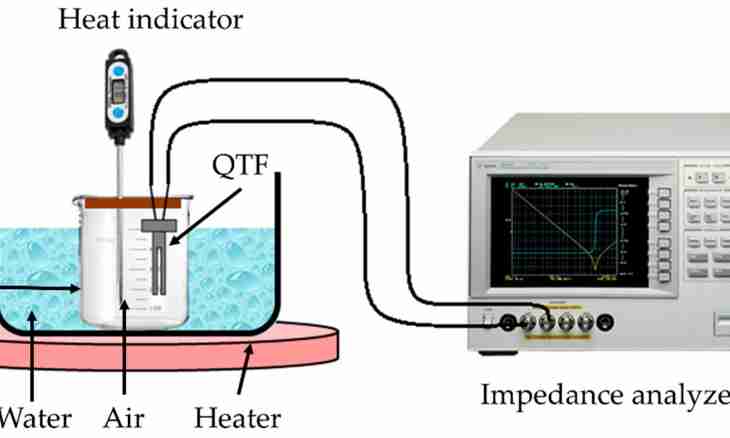Density of substance is defined by what weight is the share of the single volume of substance. Thus, substance density actually displays its concentration, but with dimension of weight.
It is required to you
- The textbook in physics, a glass jar with a cover, a gas ring with the connected gas.
Instruction
1. Put a glass jar on a gas ring, having closed it previously a cover. Light fire. In bank there is only an air. Thus, heating bank, you heat the air which is inside. After a while you will see what a jar will be opened, and the cover will come off from banks. The essence of this phenomenon is that when heating air extends. Expansion of air is connected with reduction of its density, it also led banks to opening.
2. Open the textbook on to physics 7 classes on the paragraph about body density. It is known that density is the body weight relation to its volume. That is actually density is equal to weight of one cubic meter of substance. Think what the mass of unit of volume of substance depends on. If the mass of substance is formed by the material particles making it, then it means what the more such particles finds room in single volume, the it is more also density of substance.
3. Present what happens to substance when it heats up. It is known that heating of any body means a pridacha to particles of substance of a bigger kinetic energy because, generally speaking, body temperature characterizes average kinetic energy of a body. So, heating a body, you force particles it forming to move quicker and quicker, increasing thus the general body temperature.
4. Take as an example for mental experience air or any other gas. Gas is arranged so that its particles freely wander in substance space, facing with each other. Heating gas as in the above experience, you lead to the fact that the speed of particles grows. It, in turn, leads to what atoms of gas fly away from each other on the increasing and long distances at impact. Means, the distance between particles increases, and gas increases in volume. Thus, when heating the lesser quantity of particles are the share of the allocated single volume that leads to decrease in density of gas.
5. Pay attention that in case of liquid the picture of the phenomena occurring when heating almost does not change. Liquid molecules, unlike gas, are located more densely at the expense of molecular forces and have no opportunity to move freely, however they are capable to hesitate with a certain amplitude in some area. The liquid temperature, the more amplitude of molecular vibrations is higher. Increase in amplitude of fluctuations leads to growth of distance between molecules, and it leads to reduction of density of liquid, similar to a case with gas.

